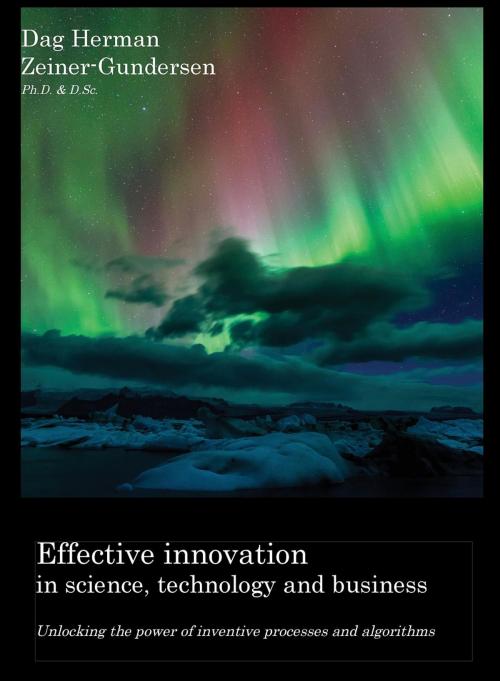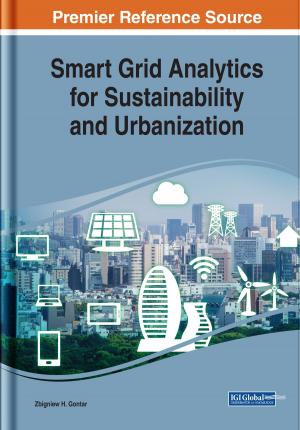Effective innovation in science, technology and business
Unlocking the power of inventive processes and algorithms
Business & Finance, Economics, Development & Growth, Nonfiction, Science & Nature, Technology, Engineering| Author: | Dag Herman Zeiner-Gundersen | ISBN: | 9788230335222 |
| Publisher: | Norront | Publication: | June 15, 2016 |
| Imprint: | Norront | Language: | English |
| Author: | Dag Herman Zeiner-Gundersen |
| ISBN: | 9788230335222 |
| Publisher: | Norront |
| Publication: | June 15, 2016 |
| Imprint: | Norront |
| Language: | English |
Dag Herman Zeiner-Gundersen has broad expertise in science, engineering technology and business management. He has managed multi-million dollar projects and is an innovator in renewable energy and other fields. Herein, his unique perspective and extensive practical experience are used to provide real tools for pursuing innovations.
This book guides you through the entire innovation process. It gives a general overview of how the innovation process is driven by the links between creativity, learning, and research and development methods. Most of the book focuses on the necessity of a systematic approach to ensure that the innovation process and the resources used correlate with the expected outcome. Specific examples show how individual and organisational behaviour can lead to the success or failure of an innovation, from idea generation to market implementation.
The book focuses on methodological approaches (creative methods, root cause analysis, and specific principles, standards and algorithms) to achieve precise results in innovations of varying complexity. These processes and tools are designed to establish efficient methods that optimize creativity, problem solving and screening techniques. Furthermore, effective risk management strategies and tools are utilized throughout project execution and problem solving. The roles of additional key factors influencing the successful outcome of an innovation process are discussed: intellectual property rights, financing, marketing, government and societal regulations, and environmental and societal responsibilities.
Successful innovation processes must bridge the gaps between the idea generation process and project technological or market challenges, leading towards a viable product/service realization. Scientists, engineers and business executives will all gain insight into the multiple facets affecting the R&D pipeline.
Dag Herman Zeiner-Gundersen has broad expertise in science, engineering technology and business management. He has managed multi-million dollar projects and is an innovator in renewable energy and other fields. Herein, his unique perspective and extensive practical experience are used to provide real tools for pursuing innovations.
This book guides you through the entire innovation process. It gives a general overview of how the innovation process is driven by the links between creativity, learning, and research and development methods. Most of the book focuses on the necessity of a systematic approach to ensure that the innovation process and the resources used correlate with the expected outcome. Specific examples show how individual and organisational behaviour can lead to the success or failure of an innovation, from idea generation to market implementation.
The book focuses on methodological approaches (creative methods, root cause analysis, and specific principles, standards and algorithms) to achieve precise results in innovations of varying complexity. These processes and tools are designed to establish efficient methods that optimize creativity, problem solving and screening techniques. Furthermore, effective risk management strategies and tools are utilized throughout project execution and problem solving. The roles of additional key factors influencing the successful outcome of an innovation process are discussed: intellectual property rights, financing, marketing, government and societal regulations, and environmental and societal responsibilities.
Successful innovation processes must bridge the gaps between the idea generation process and project technological or market challenges, leading towards a viable product/service realization. Scientists, engineers and business executives will all gain insight into the multiple facets affecting the R&D pipeline.















